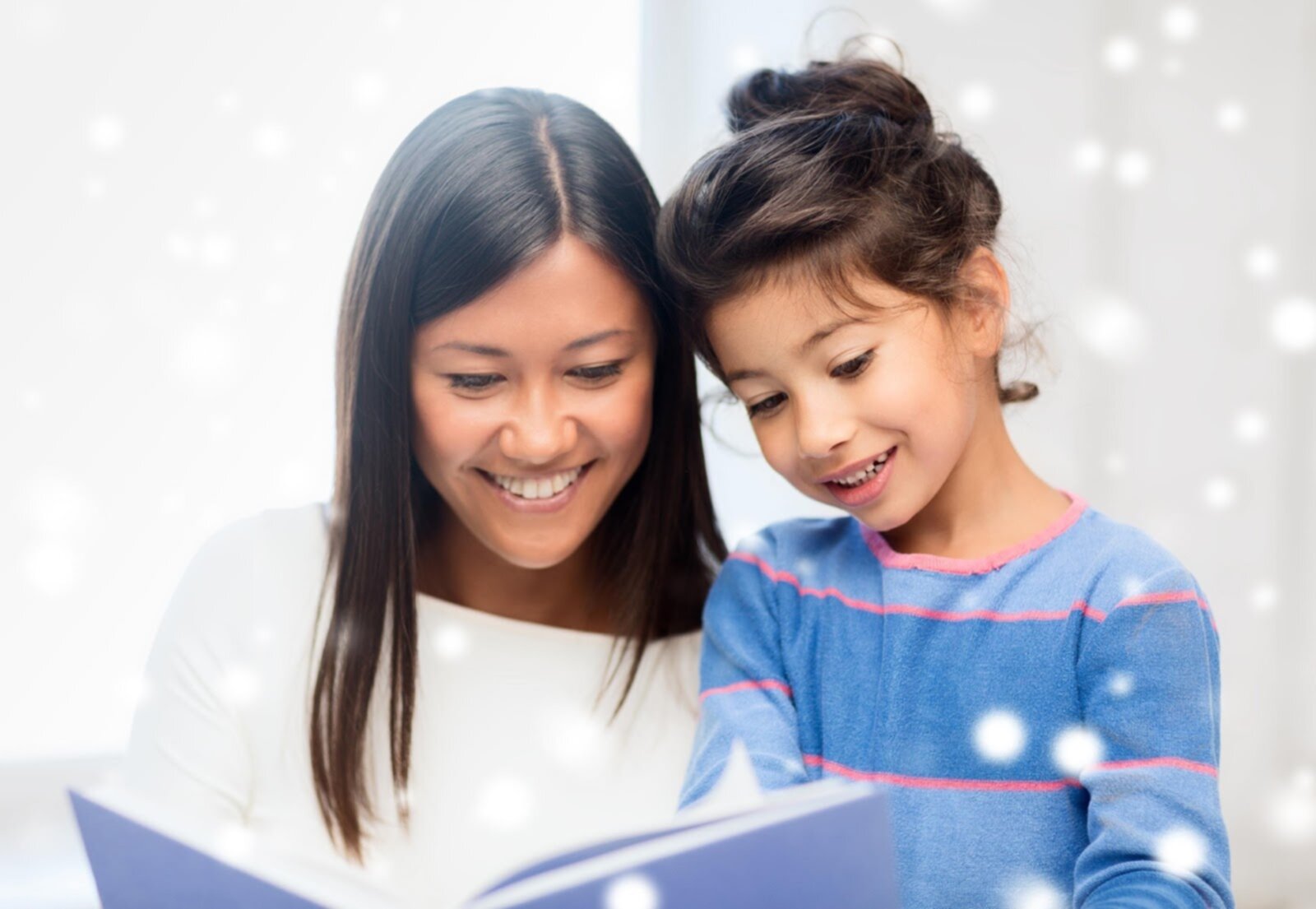
Research shows that continuing to use home languages alongside their new language acquisition will make the process of learning English faster and easier. One of the first steps you can take is to embrace and celebrate your child’s bilingualism as a strength that will serve them well throughout their lives in our increasingly diverse and multicultural world. Here are two methods which can help your child to maintain their home language and also develop English skills. Ultimately, maintaining your home language will help to keep connections to your history, your culture, your identity and family connections.
Use Your Native Language in Your Home
Your native language is the language you are most comfortable with and using it to communicate with your children helps you to be more relaxed and fluent with them. It has a positive impact on your relationship as parent and child, helps them to stay connected to their home culture, allows them to experience genuine fluency at home, and encourages them to continue to develop their home language. As Head Start tells us, “bilingualism can be beneficial for children’s early language and literacy development, for family communication and functioning, and for children’s feelings of self-worth.” Also, your child’s language skills in the home language support their language skill development in the second language, so by sharing your native language at home you are making a vital contribution to your child’s bilingualism. As Colorín Colorado shares, extensive research “has found that children who are learning to read in a second language are able to transfer many skills and knowledge from their first language to facilitate their acquisition of reading skills in the second language.”
Present Children with Dual Language Discussions at Home
When your child has homework that is in English, you can present them with a dual-language experience. The questions or instructions can be read in English, while further verbal support and discussion of the work can be carried out in your home language. Children are more likely to understand the content of their work if it is discussed in a language they are comfortable with. As Ana Paula G. Mumy, a Speech Language Pathologist with the site Multilingual Living shares, “code switching, or the alternating between two languages, is a normal part of communication in bilingual individuals.” Another way you can offer your children a bilingual experience at home is through reading age appropriate illustrated bilingual books. These books can give you both a chance to link vocabulary with images and work on your bilingual abilities together.
Bilingualism is increasingly recognized as an asset and an attribute that many parents are seeking to acquire for their children. Bilingualism can open many doors for your children down the road, and by using your native home language as much as possible, while also integrating bilingual experiences into homework and reading time, you are giving your child a strong bilingual foundation.
See what Lectura Books has to offer for bilingual and dual-language programs, for English as a Second Language, for Spanish Language Development, and for multicultural children’s books. Also, take a look at our parent programs for Spanish-speaking parents offered by The Latino Family Literacy Project, an award-winning program for family literacy and language development.
